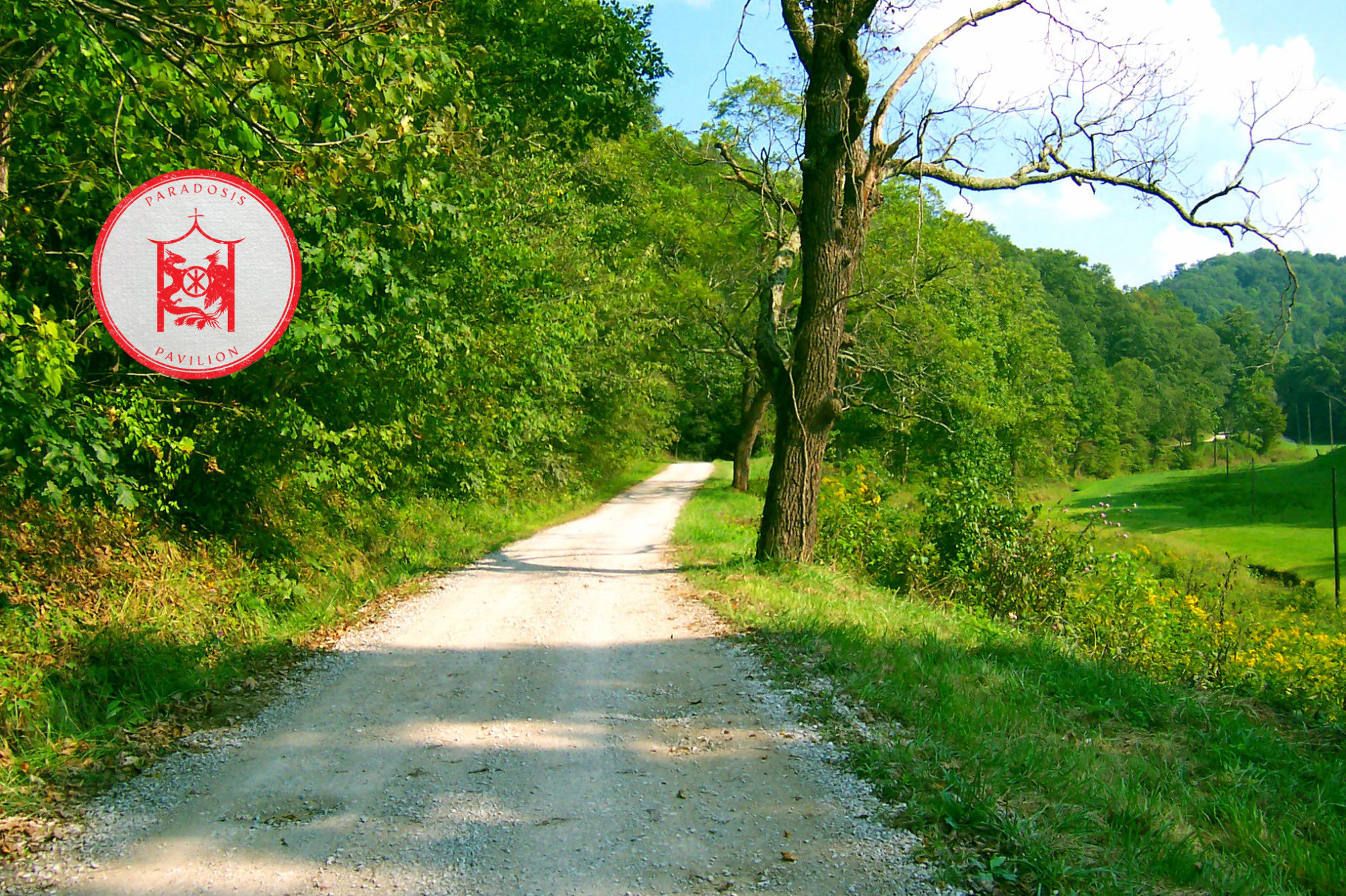
Read: Genesis 2.4 – 2.25
The first chapter of the Book of Genesis shows us the wide, panoramic view of the creation of the whole universe, then focuses in on the creation of humanity. The second chapter of Genesis keeps this close-up focus on the creation of our human race.
God created the earth and then formed Adam, the first man, out of the earth, and placed him in the Garden of Paradise. In Paradise, Adam served as the priest of creation since, being body and soul, he bridged together the two dimensions of reality: the physical The first chapter of the Book of Genesis shows us the wide, panoramic view of the creation of the whole universe, then focuses in toward the end on the creation of humanity. The next chapter of a Genesis keeps this close-up focus on the creation of our human race.
God created the earth and then formed Adam, the first man, out of the earth, and placed him in the Garden of Paradise. In Paradise, Adam served as the priest of creation since, being body and soul, he bridged together the two dimensions of reality: the physical (material) dimension we encounter with our five senses and also the invisible (immaterial) spiritual dimension.
Adam gave names to the animals, but none of the animals were compatible with him as an equal partner who could could fully compliment and complete him. So, placing Adam in a deep sleep, God took part of Adam’s side, healed the wound, and crafted a woman from the portion of his body. When Adam saw her, he said, “This is now bone of my bone and flesh of my flesh.” He named her woman since she was taken out of man. Here, God established marriage as an mystical union between man and woman as one.
The man and his wife, Adam and Eve, were clothed in the radiant Light of God’s Glory. (To say they were clothed in God’s Glory means that that God Himself – His Presence – covered them. We also call God’s Presence at work within the creation the Uncreated Energy or Divine Grace.) Adam and Eve lived together in the Garden with the purity and innocence of children, still on the Path toward full maturity and perfection. They had been created according to the image of God, but they still had not become like God (so far as a creature can become like the Creator). If they stayed on the Path toward becoming more like God, they would fulfilled their potential and purpose as human beings.
In the middle of the Garden stood two great trees, the Tree of the Knowledge of Good and Evil and also the Tree of Life. The first man, our first ancestor, took care of the Garden. Adam could eat from any tree in the Garden, except one. Only one. God warned Adam that if he ate from the Tree of the Knowledge of Good and Evil, he would die by death.
As flight is natural for a bird and swimming for fish, every impulse and inclination of Adam and Eve was for doing what was good and healthful for their souls. They naturally followed the stream of the Divine Will. This natural obedience to God kept them safely on the heavenly Way that led toward continued maturity and progress. Still, since God endowed the human being with a free will, they possessed the ability to choose to do what would be completely unnatural and self-destructive. But, why would they do that?
The Book of Genesis reveals to us that a healthy human being is one with a pure heart who actively experiences the Life-Giving Uncreated Energy – the Grace of God. We have been created to harmoniously bridge the visible, material aspect of reality and the invisible, spiritual aspect of reality. So, we are designed to live in such a way that nurtures spiritual harmony between body and soul. This harmony is created by the experience of Grace that results from living in harmony with God. When we experience this inner harmony, the desire to live in harmony with others and the whole creation naturally grows. Then, we can attain to greater heights of spiritual health and live daily in a way more in tune with our purpose in this world.
Genesis also teaches us what God has created marriage to be. A man and woman are equal as human beings, but each is different from the other and complementary to the other. Marriage is this beautiful Grace-filled gift from God to help a man and woman progress along the Way together as they grow in spiritual unity with one another.
The relevance of these first two chapters of the Book of Genesis, properly interpreted, may be summarized like this: The description of creation in the Book of Genesis offers us a glimpse into Who God Is and what a healthy human being, full of Life, looks like. Genesis also teaches us that being human and achieving our full potential requires each of us to maintain a proper, healthy relationship to God and to other human beings.
Text copyright © 2017 by Fr. Symeon D. S. Kees



